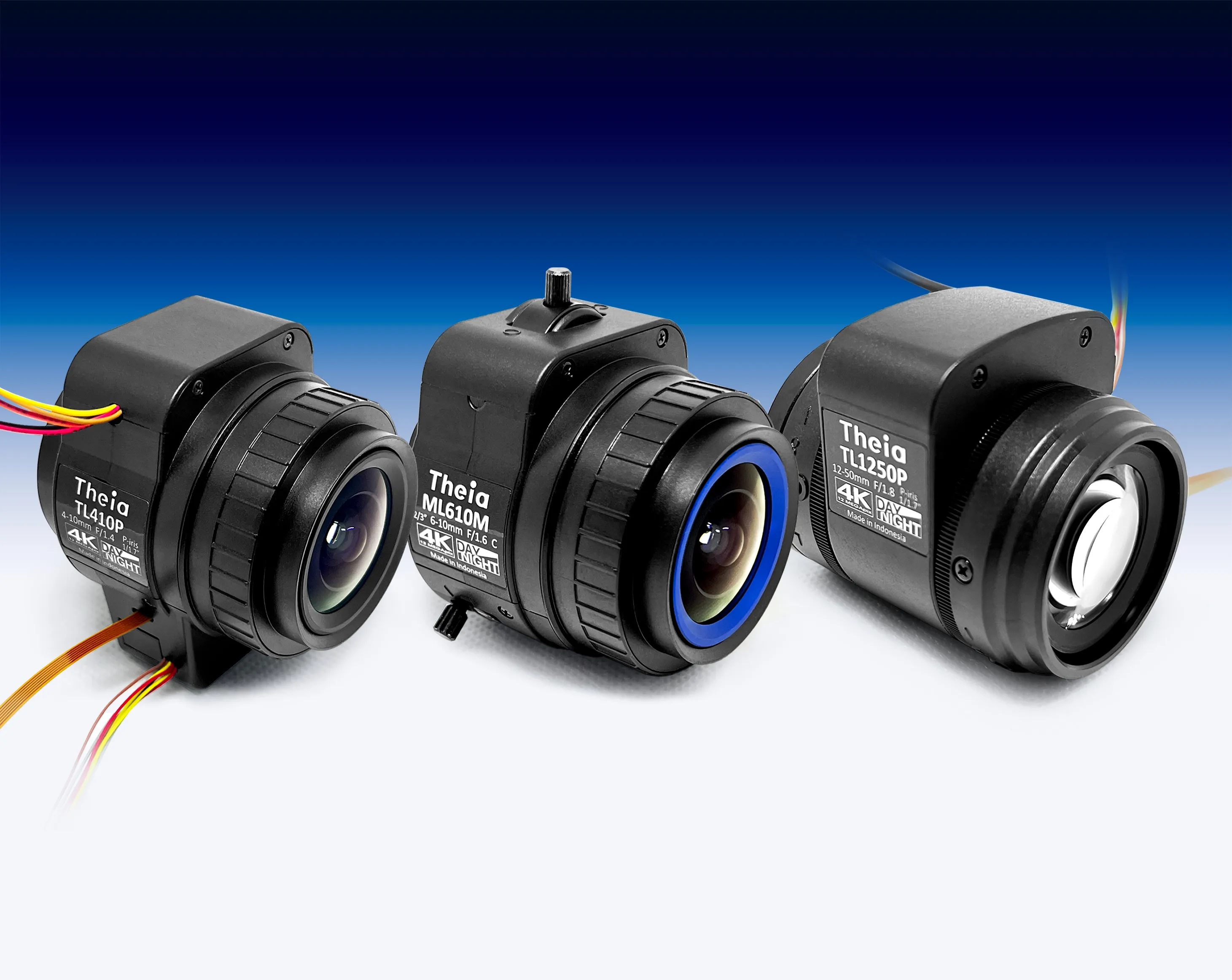The cameras feature on-board image processing such as look-up tables and sophisticated colour correction capabilities. In addition, numerous modular options facilitate the integration of almost any application.
Both offer the Trigger over Ethernet (ToE) Action Commands feature, enabling cameras in the network to be triggered externally via the Ethernet cable, allowing the user to implement single cable solutions with data, power and trigger capabilities. In addition, all action command related configurations can be saved in the camera’s user sets.
Allied Vision's new Manta cameras with Sony Pregius sensors
Allied Vision has added two camera models featuring Sony’s new PregiusTM CMOS sensors to its Manta GigE camera portfolio. The global shutter sensors have a high saturation capacity and very low noise resulting in an excellent dynamic range. Available in both mono and colour options, the Manta G-319 is powered by the 3.1megapixel Sony IMX265 sensor while the Manta G-507 utilises the 5megapixel IMX264 sensor.
October 5, 2016
Read time: 1 min










